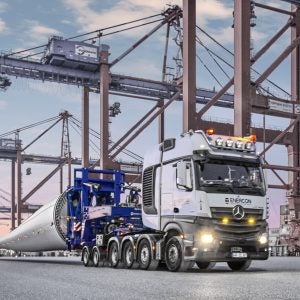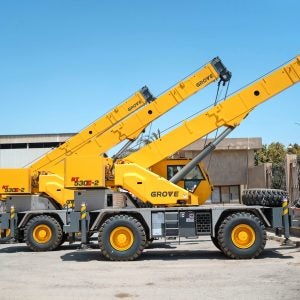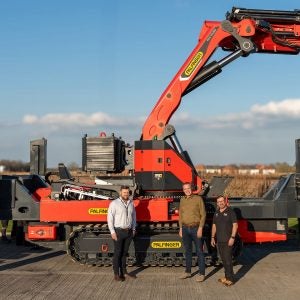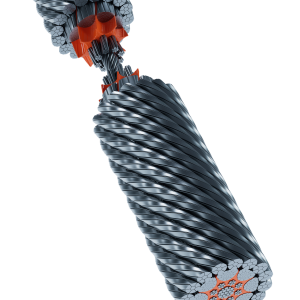Terex announced net losses for the second quarter of $77.6m, down $313.9m from income of $236.3m in the second quarter of 2008. Net sales were down 55% across the company, at $1,320.2m from $2,935.9m in 2008.
Terex chairman and CEO Ron DeFeo said, “The turmoil from the ongoing recession continues to deeply impact sales for our industry. Certain markets have stabilised, but at low levels. Other markets, such as large capacity cranes, have begun to weaken, but at less dramatic rates. We are responding by aggressively reducing costs. We are still managing the company for cash, and we made good progress this quarter. Our capital markets activity this quarter, plus cash generated from operations, resulted in an improved liquidity position with cash and borrowing availability of approximately $939m and $486m, respectively, at June 30, 2009. We believe that we are increasingly well positioned to weather the current economic storm.”
In the company’s cranes segment, net sales for the three months were $491m, down 41%, from Q2 2008. However, the company has also reduced spending: total manufacturing spending, plus sales and general administration, excluding restructuring costs, were down 21%, or $32m, over the same period.
Tom Riordan, president and COO, said, “Our factories are working on reduced schedules, with a build-to-order approach, as we aggressively manage our business to further reduce inventory levels. During the second quarter, inventory reductions generated cash of approximately $278m, and we are working toward exceeding our $500m target for the year. We anticipate that further cost savings initiatives will need to be undertaken in order to eliminate operating losses by the end of 2009 in our most challenged businesses”
Riordan said that the company saw mixed results, but that, “The large crane business remains generally healthy, with the large crawler crane business being the most stable.” The company said that rough terrain and tower crane net sales were at levels substantially below Q2 2008, as commercial construction projects were postponed or halted and oil related energy demand for rough terrain cranes slowed.
High capacity crawler and all-terrain cranes continue to be needed for infrastructure projects and energy related projects such as wind power and power plant construction, although there has been some softening of demand in the lower capacity all-terrain crane market.
Operating profit fin the crane sector for the second quarter of 2009 totalled $20.0m, a decrease of $106.3m compared with second quarter of 2008. Operating margin decreased to 4.1% as compared to 15.1% in the second quarter of 2008. Profitability was down approximately $106m, due to lower net sales compared to the prior year period.
Backlog in the crane segment was almost halved, falling 48% year-on-year, and 18.4% over the three months since March 31, 2009.






